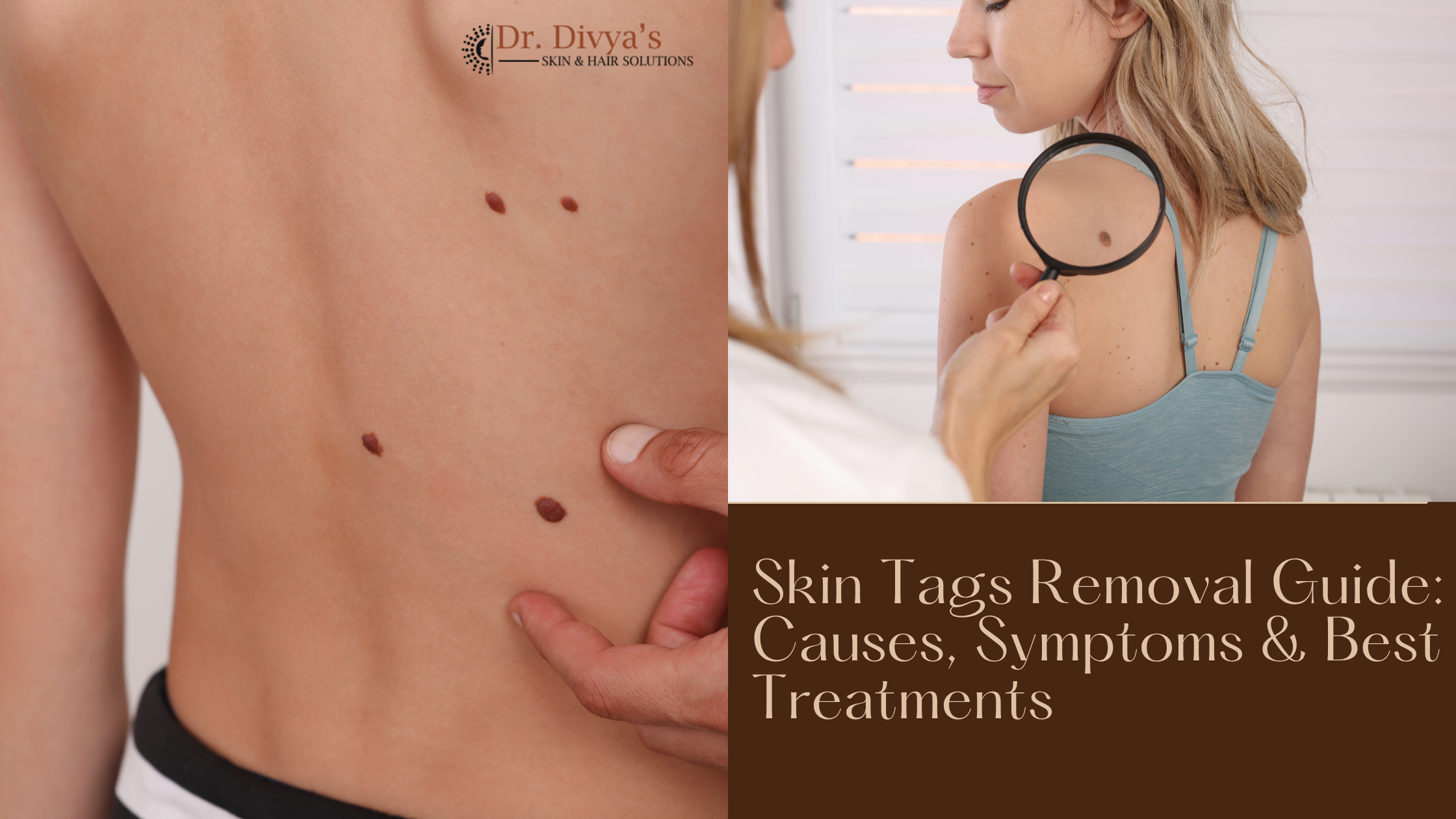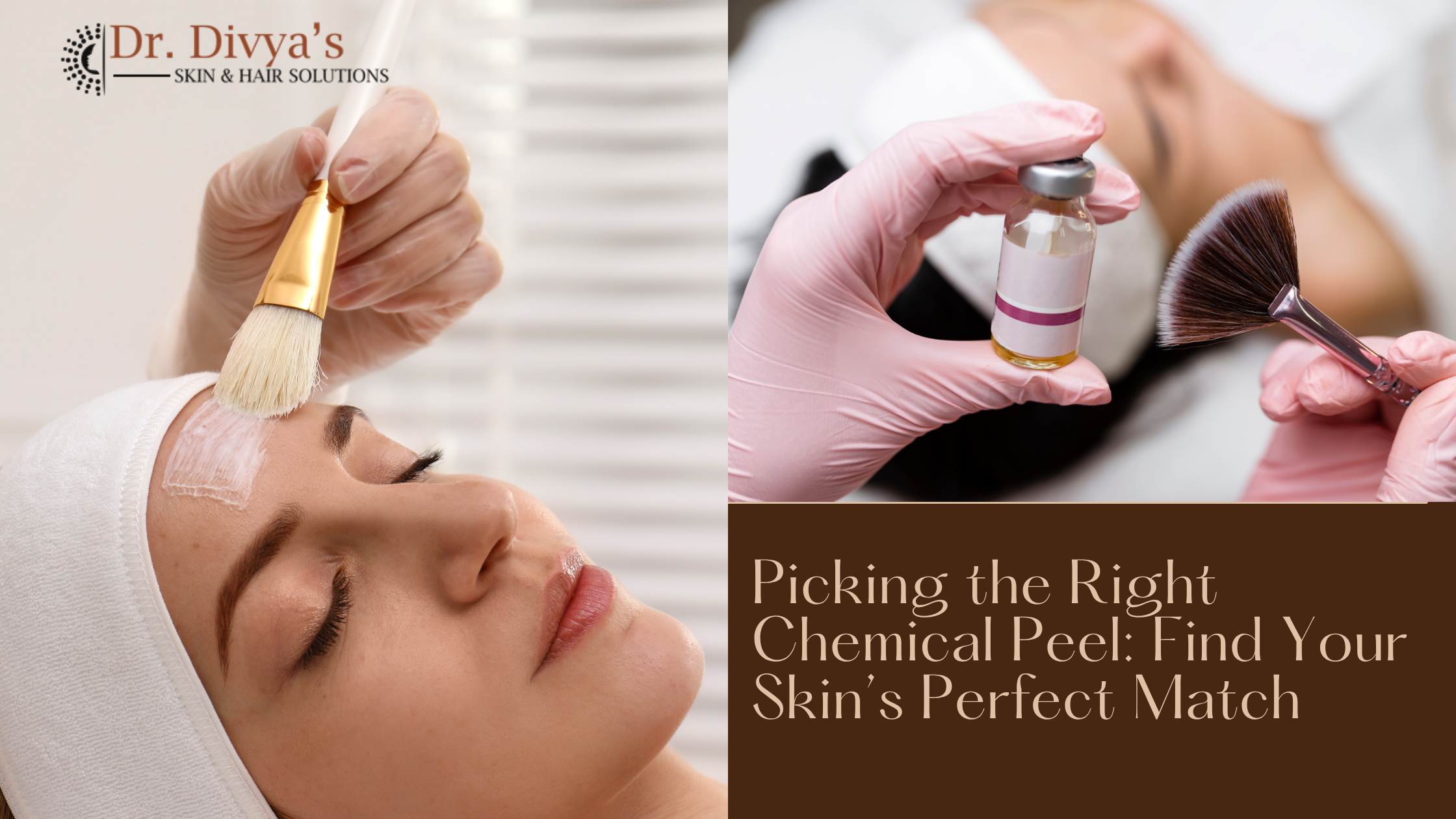Posted date on Oct 01, 2025
Skin tags are small, soft, benign skin growths that often appear in areas where skin rubs against skin or clothing. Although harmless, they can be bothersome due to their appearance or irritation caused by friction. Understanding what causes skin tags, how to recognize them, and the best treatment options can help you manage this common skin concern safely and effectively.
What Causes Skin Tags?
Skin tags, medically known as acrochordons, occur due to several factors:
- Friction from skin rubbing together, especially in areas like the neck, armpits, groin, and under breasts.Genetic predisposition—skin tags can run in families.
- Aging—as skin loses elasticity, skin tags become more common with age.
- Hormonal changes, for example during pregnancy.
- Being overweight or having diabetes, which can increase skin tag development risk.
How to Identify Skin Tags: Symptoms
Skin tags usually appear as small, soft, skin-colored or slightly darker growths attached by a narrow stalk. They:
- Are painless but can become irritated if rubbed or snagged on clothing or jewelry.
- Vary in size from a few millimeters to over a centimeter.
- Do not indicate cancer or infection but should be checked if bleeding or rapidly growing.
Best Dermatologist-Recommended Treatments for Skin Tags
.
While skin tags are benign, removing them is often desired for cosmetic reasons or comfort. Dermatologists offer safe and effective treatments such as:
Snipping (Excision): After numbing the area, the skin tag is cut off with sterile scissors or a scalpel. This is quick and usually leaves minimal scarring.
Cryotherapy: The tag is frozen using liquid nitrogen, causing it to die and fall off after a few days. This method can cause temporary blistering.
Electrocautery: A tiny electrical current burns off the skin tag, controlling bleeding and promoting healing.
Laser Removal: A focused laser destroys the tag with minimal damage to surrounding tissue, ideal for sensitive areas.
Aftercare Tips Post Skin Tag Removal
- Keep the area clean and dry.
- Follow your dermatologist’s instructions on wound care and dressing changes.
- Avoid picking or scratching the treated area to prevent infection or scarring.
- Watch for signs of infection like redness, swelling, or pus and consult your doctor if these occur.
Conclusion
Skin tags are common and harmless skin growths that can be easily treated by a dermatologist using safe and effective methods. Prompt removal not only enhances comfort and appearance but also prevents irritation from friction. Avoid self-treatment attempts and seek professional care for best results and minimal risk.
Consult Dr. Divya for Safe Skin Tag Removal in Bangalore
If skin tags are causing discomfort or affecting your confidence, expert care is your best choice. Dr. Divya, a highly regarded dermatologist and skin specialist in Bangalore, offers personalized skin tag removal treatments using the latest safe techniques.
With her expert guidance, patients experience quick, effective results with minimal downtime. Don’t let skin tags hold you back—schedule a consultation with Dr. Divya today and regain smooth, irritation-free skin.
Frequently Asked Questions (FAQs)
Q1: Are skin tags dangerous?
A: No, skin tags are not harmful growths and not cancerous. However, any sudden changes or bleeding should be examined by a dermatologist.
Q2: Can skin tags fall off on their own?
A: Rarely, skin tags persist unless treated. They may become smaller but usually need removal if bothersome.
Q3: Is removal painful?
A: Most removal methods involve local anesthesia, so the procedure is minimally uncomfortable. Aftercare helps soothe any mild irritation.
Q4: Can I remove skin tags at home?
A: It is not recommended. Home remedies may cause infections or scars. Professional removal is safer and more effective.
Q5: Will skin tags grow back after removal?
A: Removed skin tags generally do not grow back in the same spot, but new tags can develop elsewhere, especially if risk factors persist.





